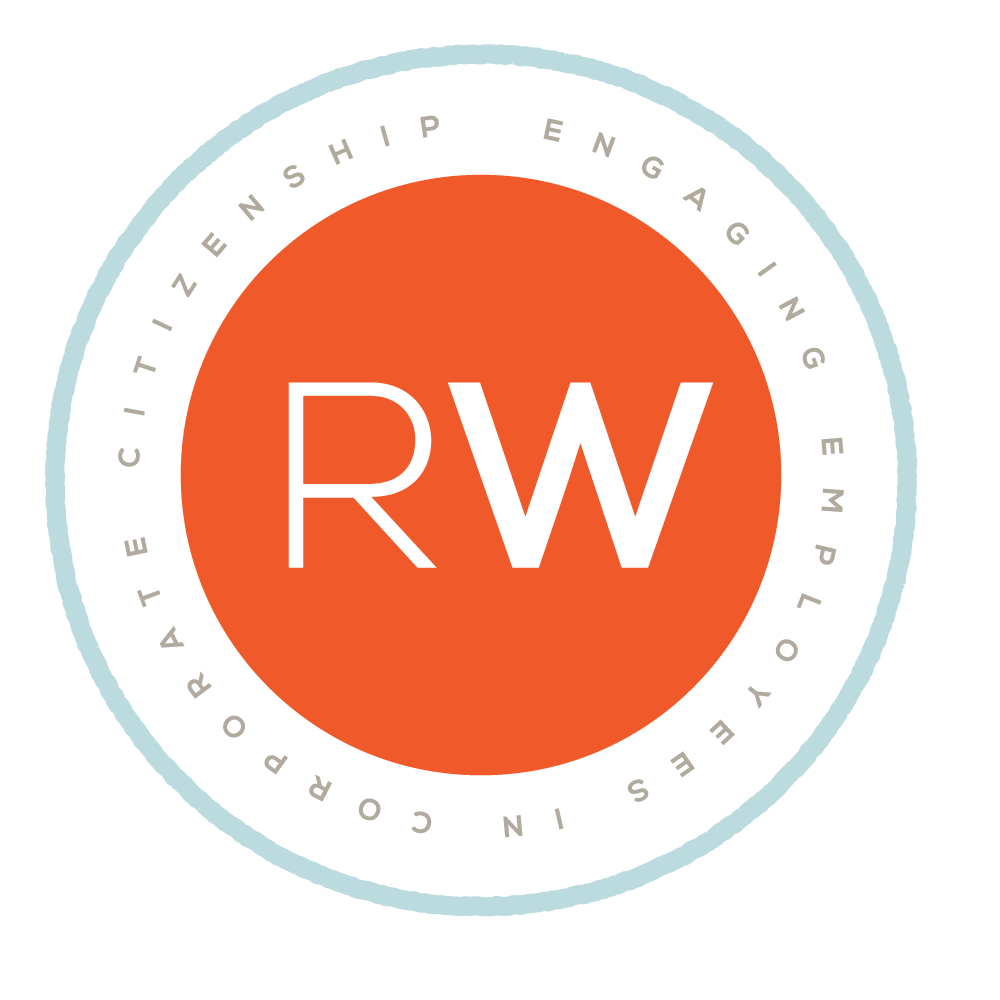Measuring the Strength of Your Volunteer Program
**This article was originally written for the VolunteerSpot blog. Be sure to check out this fantastic organization http://www.volunteerspot.com **
At Realized Worth, we talk to companies every week about employee volunteer programs. It doesn’t seem to matter if the company is a local business or a multi-national Fortune 500 corporation - invariably, the conversation begins with this question: "How can I get more employees to participate as volunteers?" After that, the conversations goes to how the volunteering program fits within the company and what the outcomes have been so far. Finally, we talk about metrics. What is the data saying? Usually, this brings us right back to the beginning of the conversation: participation rates and how to increase the numbers.
It makes sense that a successful corporate volunteer program is well attended by employees, but that’s not necessarily an indication of strength or sustainability. So in these conversations I try to share at least two alternative measures to get at the health of a volunteering program.
1. Motivation. Why are people volunteering?
Understanding the reasons why people participate is essential to discovering the program’s long term potential. When people volunteer for the first time, they are usually motivated extrinsically. This is completely normal. We all want to help; give back; make a difference. But if we’ve not volunteered before, we usually don’t “own” these motivations. Instead, they are extrinsic to our personal lives and they exist outside of us. They are not intimate. While extrinsic motivations are important, they are not deeply rooted in our personalities.
Eventually, if volunteering programs are designed well, people will begin to discover their intrinsic motivations for volunteering. Intrinsic motivations are tied to our sense of self. This kind of motivation is connected to who we are. It is essential that people transition from a general sense of ‘it’s the right thing to do’ to highly personal reasons. Why? Obviously the more we are personally invested, the greater our commitment. The question isn’t, “How many people are showing up?” but rather, “How much of each person showed up.”
Follow this link for a video of me discussing motivation.
2. Movement. Do your volunteers feel like they’re getting anything done?
Clearly outlining a beginning point, milestones, expectations and measurements for success will give your volunteers a sense of progress.
One of the single greatest culprits in stealing a new volunteer's enthusiasm is a lack of movement. Coming back to the same situation over and over again without seeing any progress is disheartening and emotionally exhausting. If you don’t know whether your volunteers feel like they are making a difference, you’re missing the key metric that speaks to your program’s sustainability.
Take time to explain clearly to volunteers why they’re there and what will be accomplished. I do this by holding a 15-minute brief before each program or activity. Do it every time. It doesn’t matter if you say the same thing to the same people over and over again. You’d be amazed at what people hear me say for the first time on the twentieth brief. Set expectations and be sure to realistically define success. If you’re scooping out food at a soup kitchen you are not solving hunger problems. You’re not making a dent in poverty issues. But you’re doing something equally important. What is it? Your volunteers need you to tell them.
For more ideas on how to offer volunteers a sense of movement, click here.
Whether you’re a company trying to increase participation in your employee volunteering program or you’re a nonprofit trying to recruit, retain and manage your employees better, discovering the answers to these two questions is essential. Ignore them, and you’ll be stuck on the participation metric.... Forever.
We love to talk about all things employee volunteering! Feel free to join the conversation by commenting below or contacting us directly:
angela@realizedworth.com or chrisjarvis@realizedworth.com
317.371.4435
RW11417

